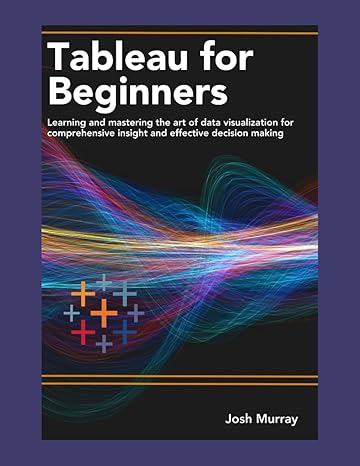Question
Using the domain of natural numbers N+ (i.e., 1, 2, 3, .), lets define D(x, y) to be true when y divides x and false
Using the domain of natural numbers N+ (i.e., 1, 2, 3, .), lets define D(x, y) to be true when y divides x and false otherwise. For example, if x=10 and y=2, then D(x, y) is true because 10 is divisible by 2. Contrary, if x=7 and y=2, then D(x, y) is false since 7 is not divisible by 2 over the domain of natural numbers. Now, lets define P(x) over N+ such that P(x) is true if x is a prime number and false otherwise.
a) Using quantifiers, logical operators, and D(x, y) as previously defined, write the symbolic representation to express P(x). Hint: We say that any natural number x is prime if the only numbers that divide it are 1 and x. *Note that 1 is not a prime number. Write a symbolic representation for a WFF that accurately defines P(x).
b) Consider the factual statement, There are an infinite number of natural numbers that are divisible by 6. Using quantifiers, logical operators, and our previously defined D(x, y), express this statement as a WFF (well-formed formula). You may continue to assume a domain of N+. Write a symbolic representation for a WFF that accurately defines the statement, There are an infinite number of natural numbers that are divisible by 6.
c) Consider a world in which the following is true -- There is NOT an infinite number of prime numbers. Using quantifiers, logical operators, and P(x) as previously defined, express this statement as a WFF (well-formed formula). You may continue to assume a domain of N+. Write a symbolic representation for a WFF that accurately defines the statement, There is NOT an infinite number of prime numbers.
Step by Step Solution
There are 3 Steps involved in it
Step: 1

Get Instant Access to Expert-Tailored Solutions
See step-by-step solutions with expert insights and AI powered tools for academic success
Step: 2

Step: 3

Ace Your Homework with AI
Get the answers you need in no time with our AI-driven, step-by-step assistance
Get Started


